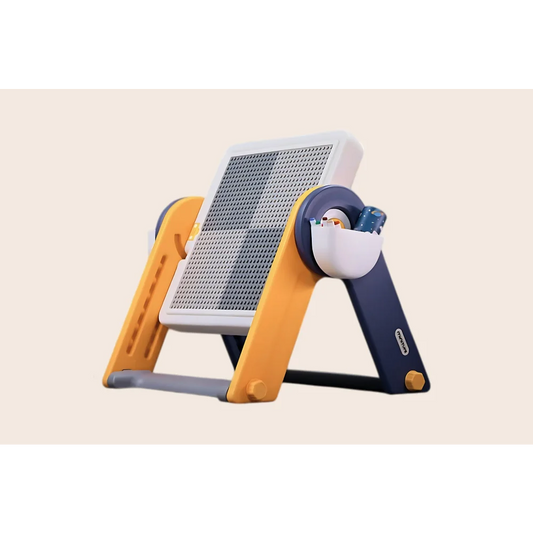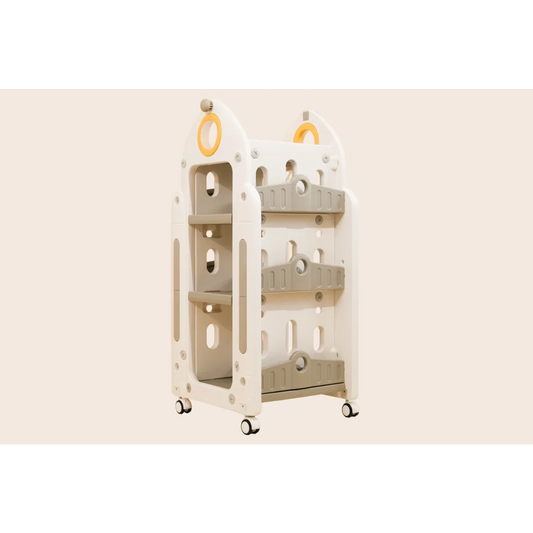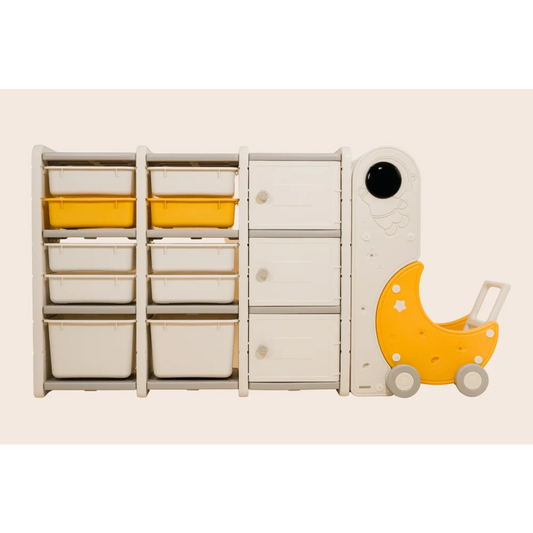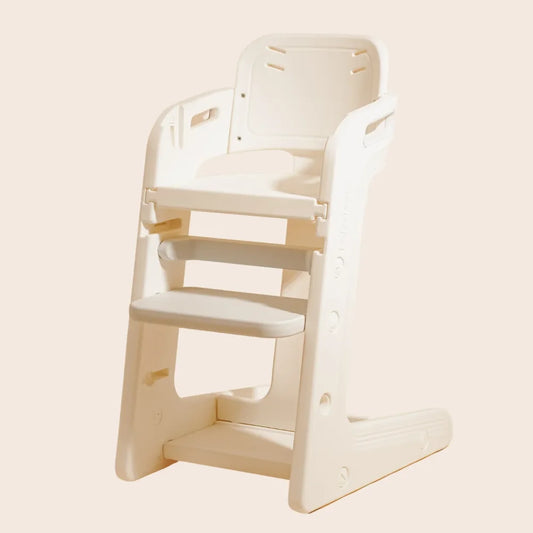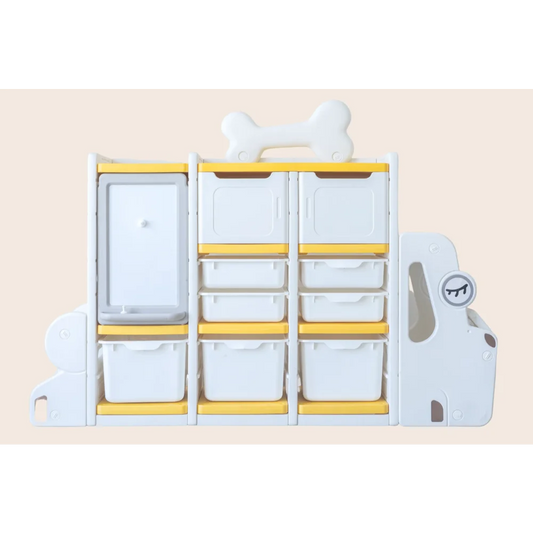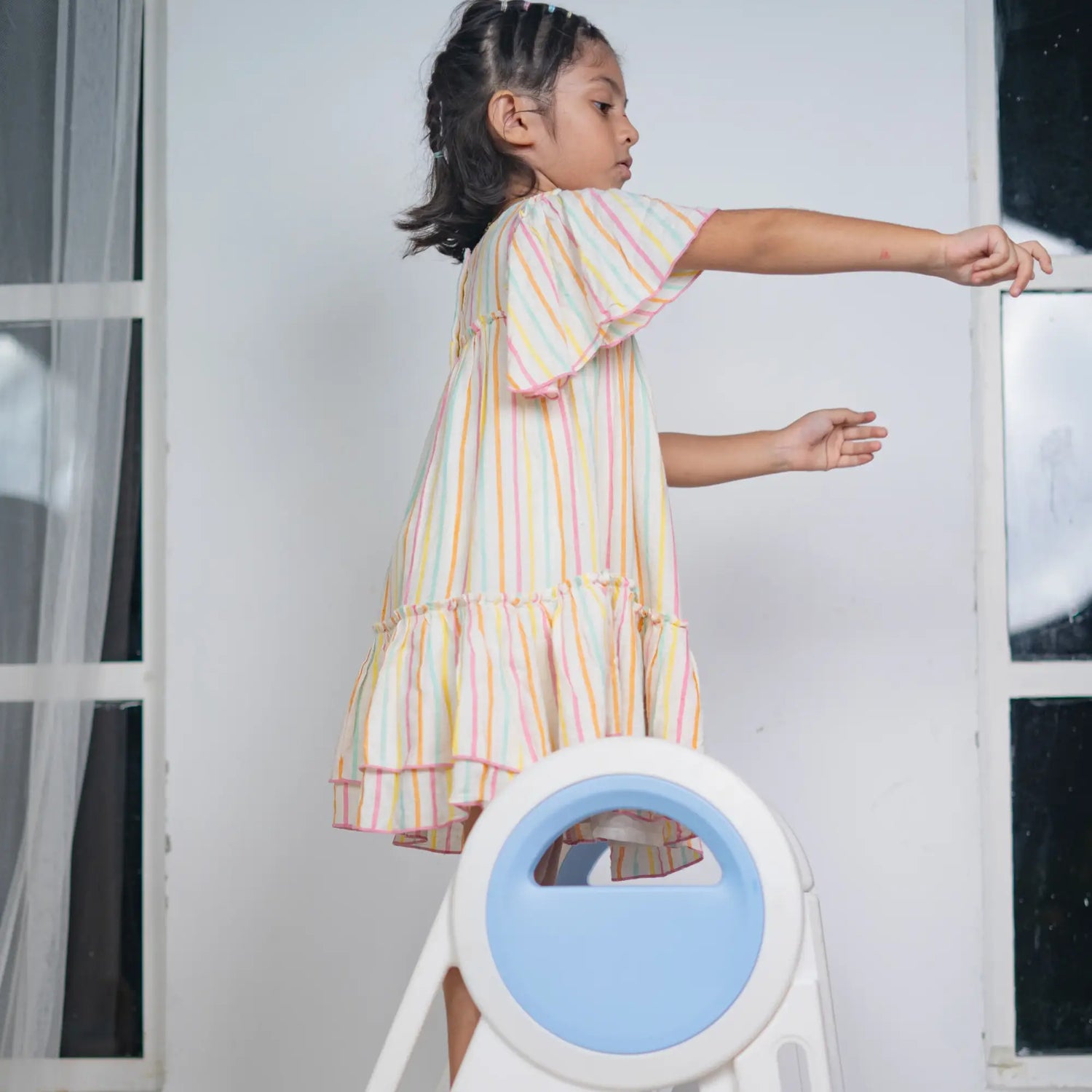
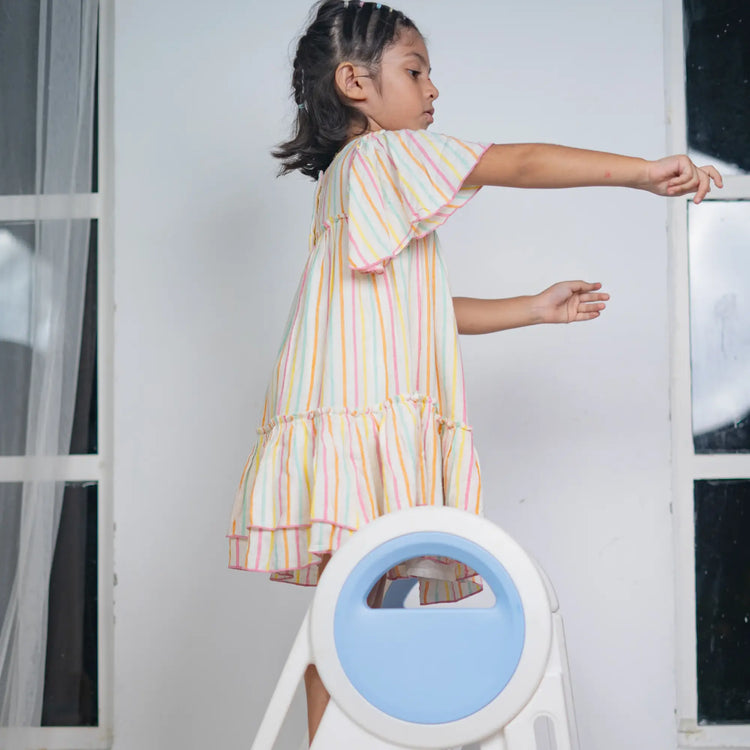
The Power of a YES Space
The Power of a YES Space: how does a 'YES' space help your child?
by Sanaa Syed
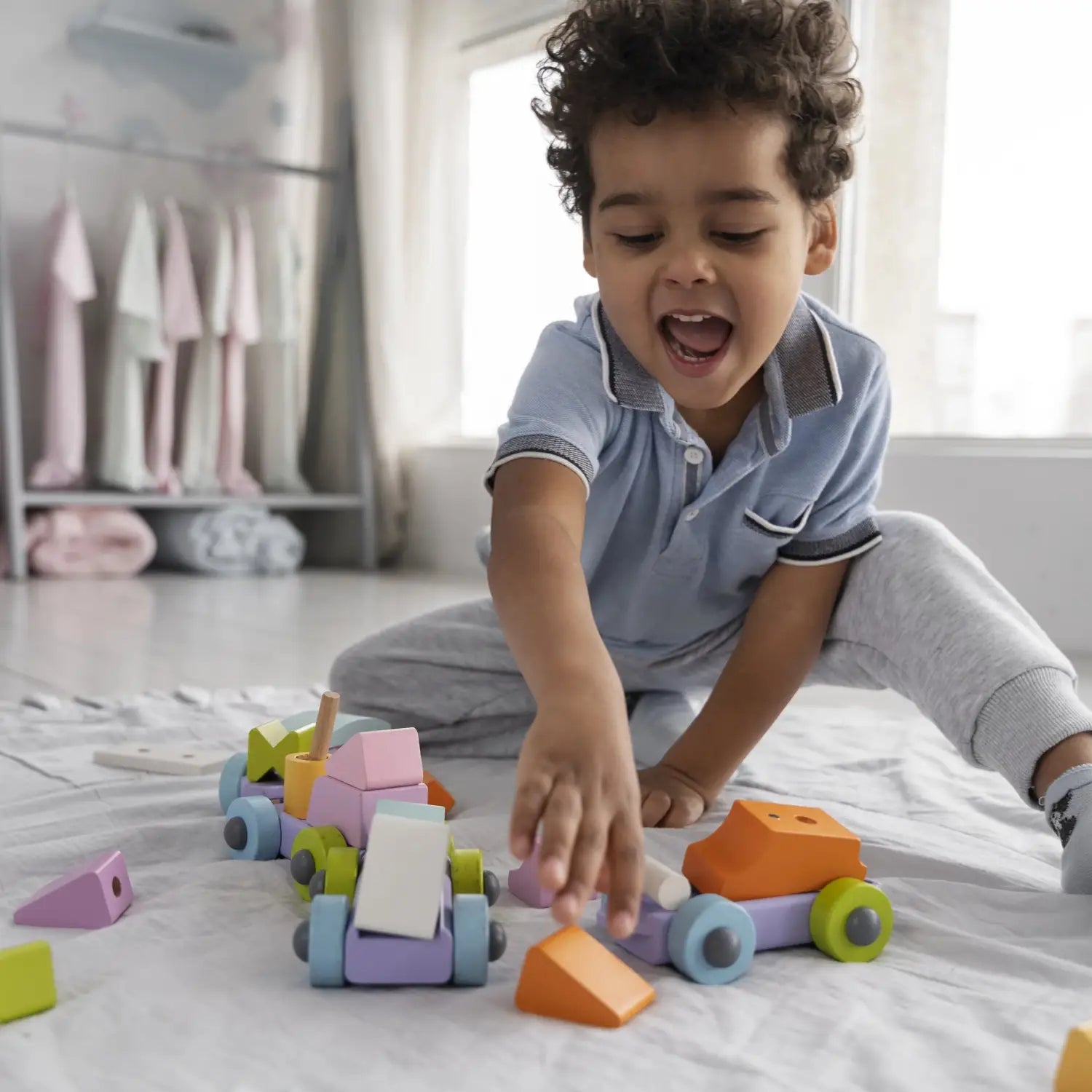
As a parent, I notice parents easily falling into the habit of saying “no” throughout the day -
“No jumping on the couch.”
“No, you can’t play with that.”
“No, not right now.”
Of course, safety and boundaries matter, but when it comes to play, saying “yes” more often can be surprisingly powerful. Play is how children learn best, it’s their way of exploring, problem-solving, and making sense of the world. The more opportunities they have to follow their curiosity, the more confident and creative they become.

That’s where the idea of a “Yes Space” comes in a safe, thoughtfully designed area where kids can explore freely without constant adult intervention. It’s a place where you don’t have to hover or say “no” every few minutes, giving your child a chance at open-ended play.
What Makes a “YES SPACE” Special?
A ‘Yes Space’ is more than just a play area, it’s an invitation to experiment, make mistakes, and discover. It encourages children to take safe risks and make their own choices. Plus, you get a few extra moments to breathe while they’re happily engaged, win-win!
‘Yes Space’ is not where toys are, it is where no matter what your child does, they should be OKAY.
Setting Up a YES SPACE at Home
Creating a ‘Yes Space’ doesn’t mean turning your entire home into a giant playroom. A small, dedicated area works perfectly, it could be a corner of the living room, a section of their bedroom, or even a nook under the stairs.
-
Keep It Safe and Accessible:
-
- Choose soft flooring like a rug or play mat to cushion falls.
- Use low, open shelves so kids can easily reach their toys and activities.
- Secure any heavy furniture or sharp edges to prevent accidents.
- Yes Space should invite exploration. That means toys, art supplies, and sensory materials should be within their reach, not stored away in a cabinet they need permission to open.
- Their rainbow rice, kinetic sand, markers, and open-ended play tools should be ready to use whenever inspiration strikes.

Want to make it even better? Add shallow baskets or clear bins so they can see what’s available and decide how they want to play.
-
Include Multi-Purpose Furniture:
Flexible furniture makes a yes space even more dynamic. A FlexDesk is perfect here, it’s sturdy enough for sensory play setups, but also doubles as a creative station for drawing, crafting, or building. It gives kids the freedom to switch between activities without needing to leave their play zone.
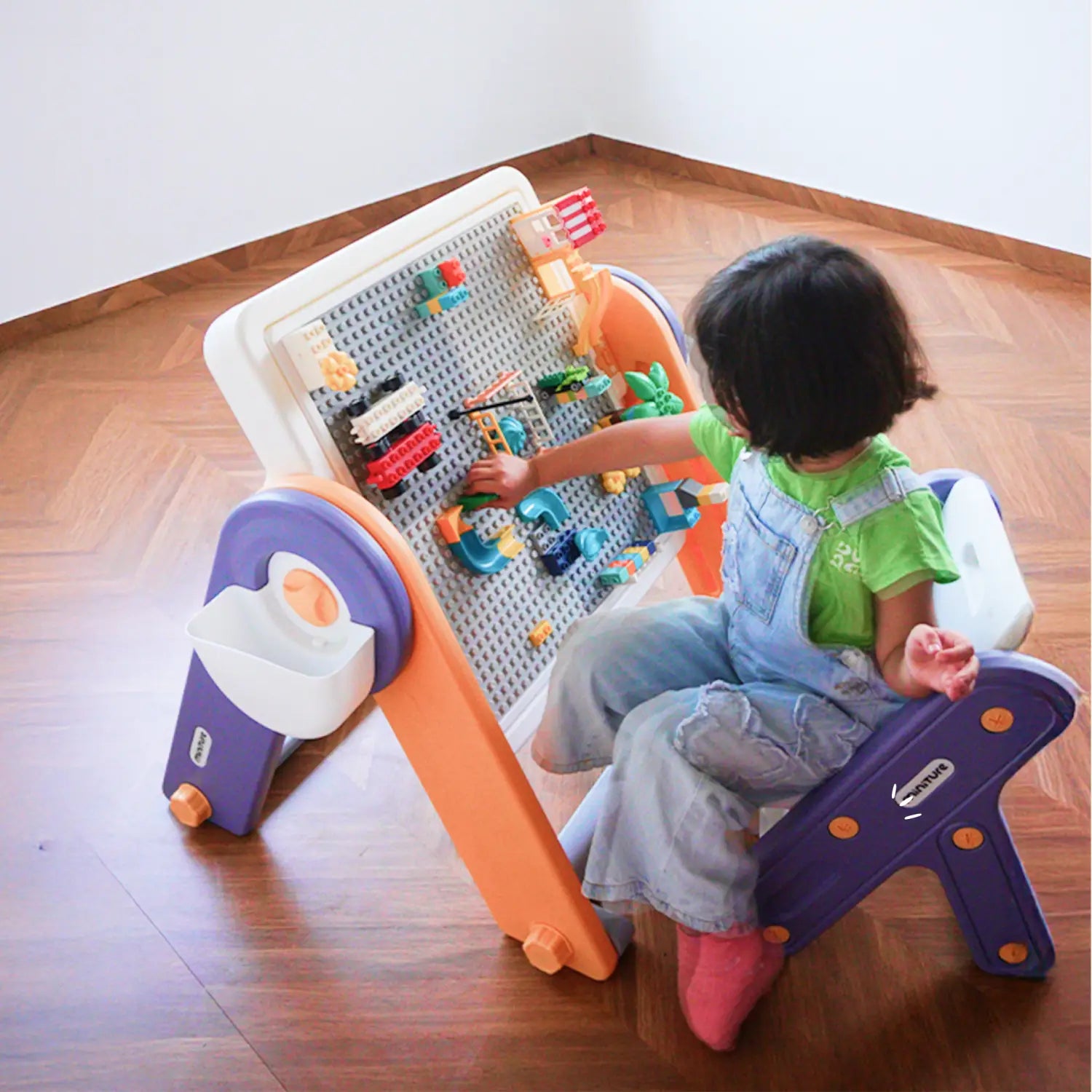
-
Stock It with Open-Ended Play Materials:
Instead of toys with a single purpose, go for ones that spark creativity. Loose parts, building blocks, and sensory play kits encourage imaginative play. A Multipikler is a great addition for more active play, it offers endless climbing, balancing, and sliding possibilities, letting kids burn off energy while building coordination and strength.
The Learning Power of a YES SPACE
What makes a Yes Space truly special is how naturally it fosters learning. Here’s how:
-
Boosts Independence:
When kids can choose how they want to play, they become more confident decision-makers. Whether they’re building a block tower or creating an imaginary world with figurines, they’re practicing creativity and problem-solving.
-
Supports Cognitive and Motor Skills:
Sensory activities like pouring, scooping, and stacking refine fine motor skills, while climbing or balancing on a Multipikler improves coordination and core strength.
-
Encourages Focus and Imagination:
With fewer interruptions, children stay more engaged in their play, which strengthens concentration and creativity.
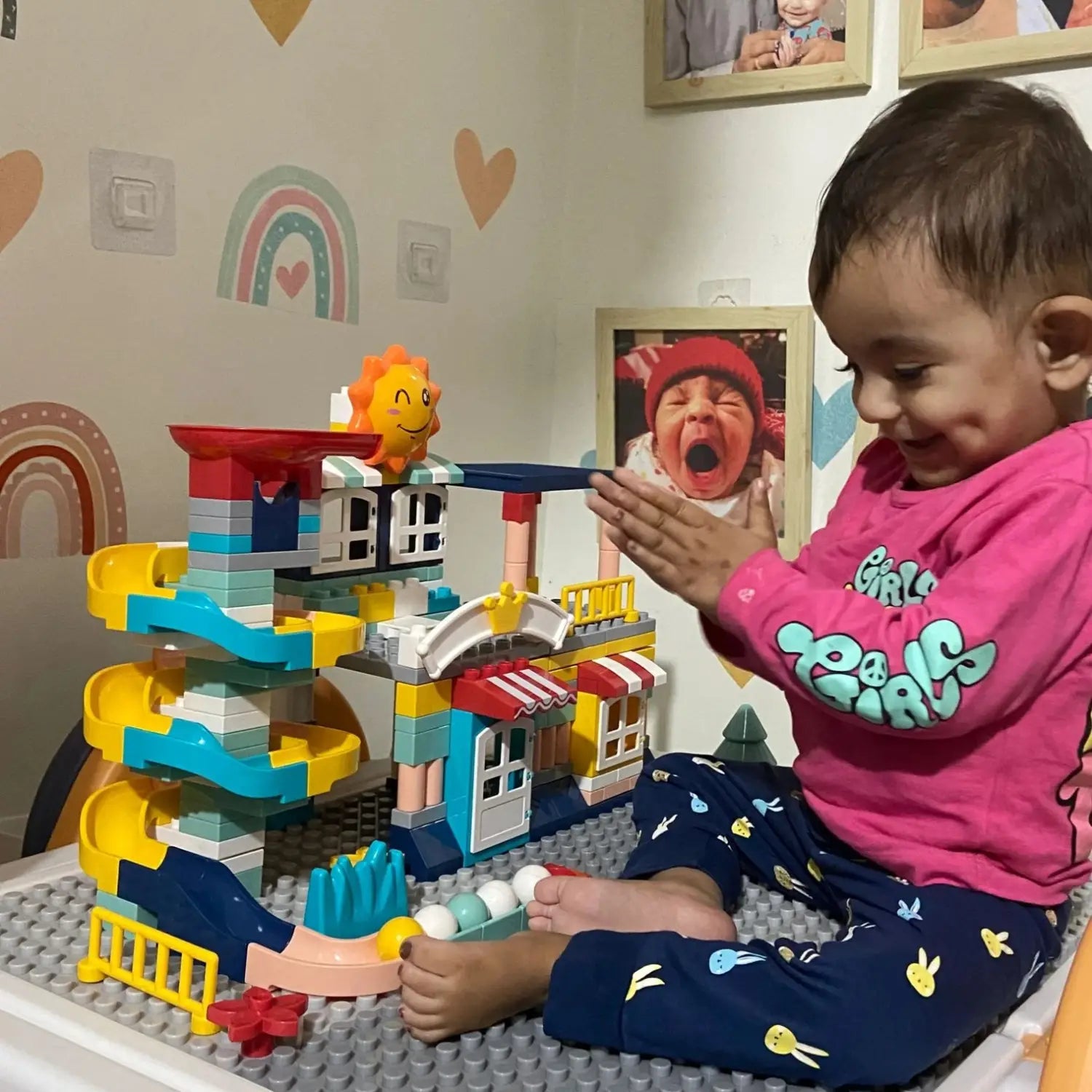
Tips to Keep It Fresh
A Yes Space doesn’t need to be fancy, it just needs to be flexible.
1. Rotate toys and materials regularly to spark new interest.
2. Include a mix of quiet and active play zones: a cozy book corner with soft pillows for downtime and a more dynamic area with a high chair, or balance board .
3. Let your child take the lead, watch how they naturally use the space and adjust it based on their preferences.
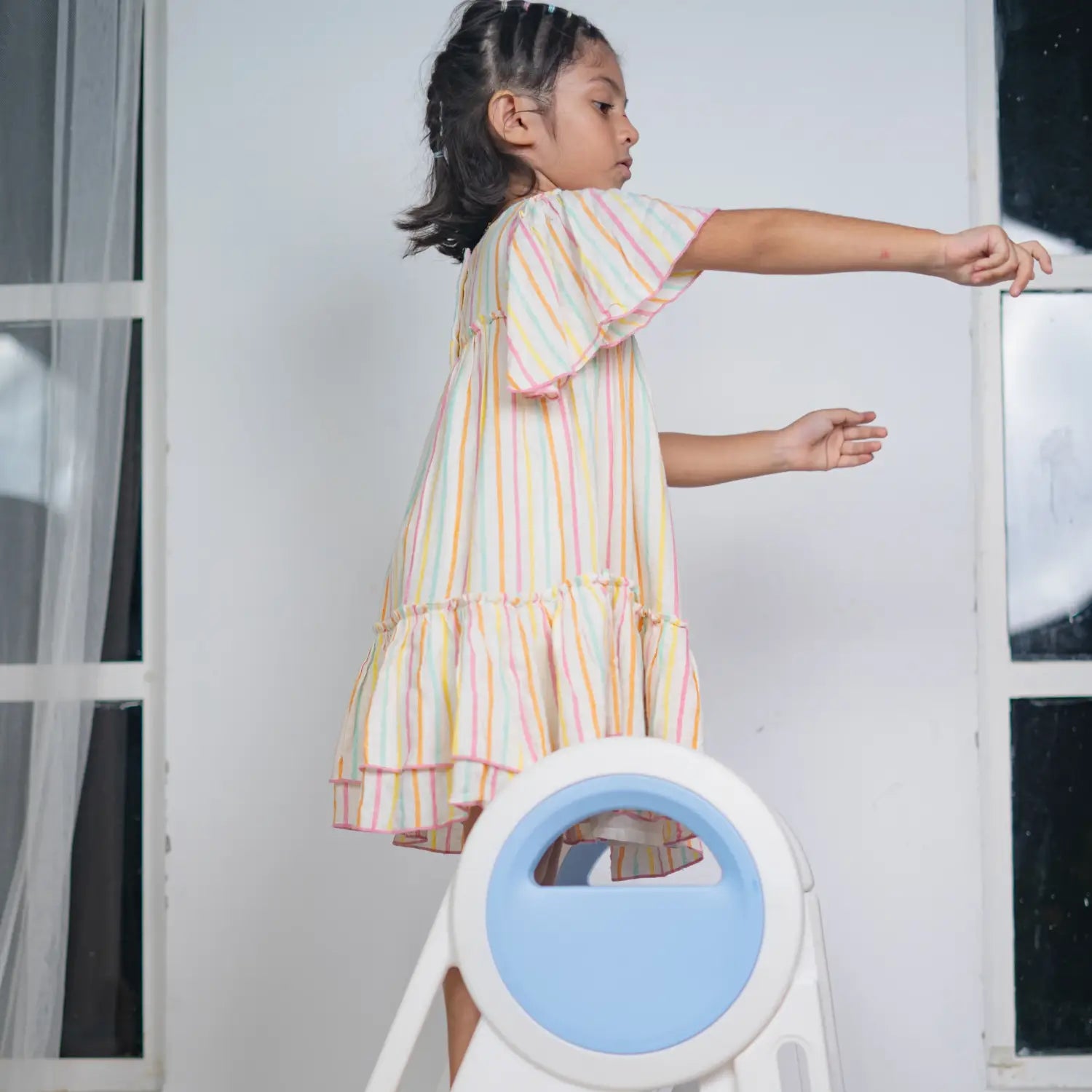
Let Them Play Their Way
The beauty of a ‘yes space’ is that it gives kids permission to be curious, messy, and creative, all while learning and growing. It’s a place where they can spill, build, climb, and discover without hearing “no” at every turn.
Because when kids have the freedom to play their way, they learn more than we could ever teach them.
